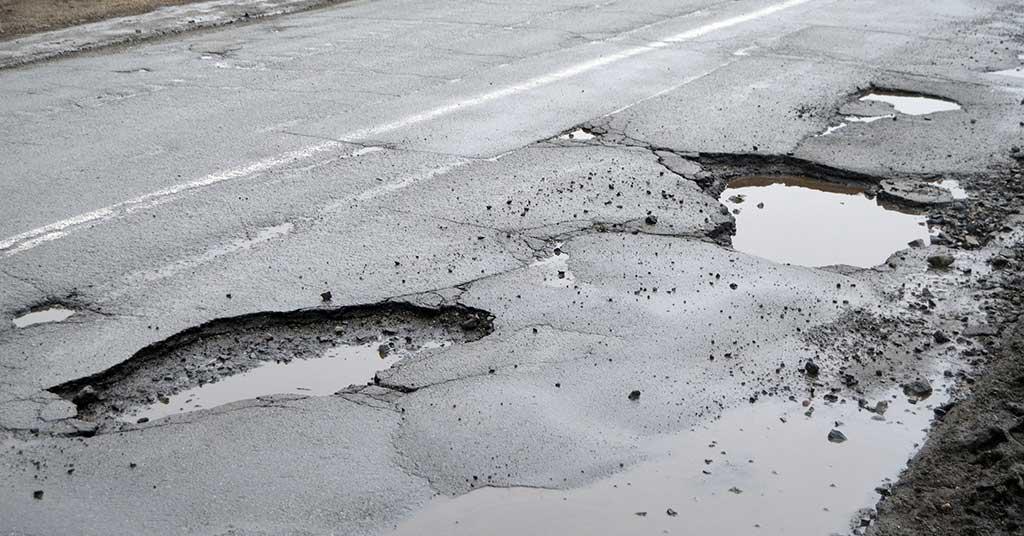I often wonder about the future of our food ventures. More specifically, the future of our locally owned non-franchised restaurants. Those who are supposed to be our culinary beacons, the bright stars meant to guide us out from the culinary wastelands into the bright lights and blissful ambiance of food enlightenment.
As I roamed the streets of one of our most popular tourism destinations, I got overwhelmed by what can only be described as an avalanche of sorrow. A snowball of deep concern over our food destiny, growing by the minute as it descends from the top of a mountain at devastating speed, destroying everything in its path.
The entire town is littered with restaurants. Most of them are new, or at least they were not around when I visited a year ago. They represent a fair percentage of the trends in international cuisine: Italian, Thai, Chinese, USA Steakhouse and Indian.
Then there are the well-established restaurants that seem to have been around since forever. And then there are the franchises. These range from seafood and sushi to fried chicken and everything in between.
Like the Israelites, we need a Joshua. A leader to take us to the Holy Land. Culinary Nirvana, if you like. But do we even have culinary prophets? Or magicians? Or dragon slayers to defend our honour against the rise of culinary serpents?
I have made it clear before that I foresee a bleak future for our non-franchised Namibian restaurants. I have stated that I think in close to decade or a little more we shall have no more such restaurants, and that we will lose our culinary identity because we will have no one driving its popularity and developing its content.
We will braai at home, buy kapana when we are hungover and eat franchise food when we look to dine out.
I am now of the opinion that we may not have to wait that long. Let me explain.
On the operations side, it has become too expensive to operate a local, non-franchised restaurant that is truly profitable and sustainable. Rent is too high, labour and talent too problematic, and core inputs such as ingredients too expensive.
Secondly, when most people consider starting or buying a restaurant, most likely they’ll look to buy a franchise because it is considered a much easier way to get into the industry. Even though they know nothing about food or cooking or running a restaurant, they could rely on the franchisor to provide the training to understand and run the businesses.
They do not have to engage on massive marketing campaigns of their own or worry where their produce will come from. It is all taken care of. Banks seem to like this idea, and some have special units dealing with funding these types of ventures. Finding funding for similar non-franchised ventures is much more difficult as they are deemed much more risky with no proof of profitability or sustainable success. Even prime real estate markets such as shopping malls show a clear preference for food franchises.
Over the past few years, local non-franchised restaurants located in malls have all but disappeared. In many towns, malls have had a devastating impact on the local CBD, and on small businesses in particular. Our country is being swamped with malls and with them will come the next wave of food franchises, thus, if you are a local restaurant owner, brace yourself. The next tsunami is upon thee. Just wait for the current construction slump to subside. There are still a lot of public pension funds that need investment.
Thirdly, many of our current crop of successful, locally owned, non-franchised restaurants rely on tourism to fill the seats. The simple truth is this: No restaurant can survive without bums on seats. Tourism, if one looks at the latest government statistics, is considered one of the last remaining growth sectors in the Namibian economy.
If it is indeed true that fewer local people are eating out at the moment, the opposite is true for most tourists. They are away from home and on holiday with little or no opportunity to cook for themselves, so they eat out. They visit restaurants once or twice a day to dine and enjoy, and as they eat and drink their way through our country, they spend lots of money.
Sounds like a great opportunity for any budding young food entrepreneur, right? Wrong.
Most tourists outside the southern African region visit the country as part of a touring party with a pre-determined itinerary. Where they get to eat is determined long before they ever arrive here. Thus only a few local restaurants really benefit from overseas tourism. The decision as to who will and will not benefit lies entirely with the tour operators who designs these tours, and who expect healthy commissions from restaurants for including them in their guests’ itinerary. Which in turn slices another chunk from already thin margins for local restaurants. Small restaurants usually are not suited for these types of tours and as a result will not benefit.
With the economy being what it is, most Namibians have either cut back on their visits to restaurants, cut their spending per visit or have given up going alltogether. The longer this slump continues, the more local restaurants will close down. Once closed down, they will not reopen, leaving more space for, amongst others, more franchises.
Unless we start caring about our cuisine, I do not see how things could change.
Costs on food products are unlikely to come down; the costs of compliance are already high and will continue rising, and the same goes for rent. Training opportunities in the hospitality industry are limited and the commitment to improve culinary skills is, for the most part, non-existent.
Most establishments live with the idea that tourists are here to view the landscape and not eat it. Whether or not they come back is no issue of concern and they will not stay for long enough to complain. In kitchen terms: Garbage in, garbage out.
Most worryingly, though, is that, as a nation, we do not seem to care for our own cuisine. We’d rather have take-away chicken or meet up in some cheap take on an American steakhouse than eat at a proper restaurant that seems to push local boundaries. We often prefer convenience over quality, and we are quick to complain.
But we do not bother to support our local ventures and the small handful of local creatives trying to make a difference.
We may well be on the verge of getting what we deserve – a culinary wasteland.
• 4 crayfish (lobsters), weighing about 1,5kg
• 2 tablespoons olive oil
• 2 sticks celery, chopped
• 1 medium onion, chopped
• 2 cloves garlic, crushed
Stay informed with The Namibian – your source for credible journalism. Get in-depth reporting and opinions for
only N$85 a month. Invest in journalism, invest in democracy –
Subscribe Now!










